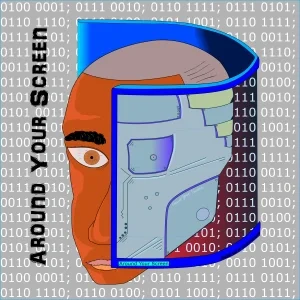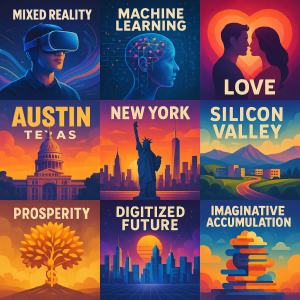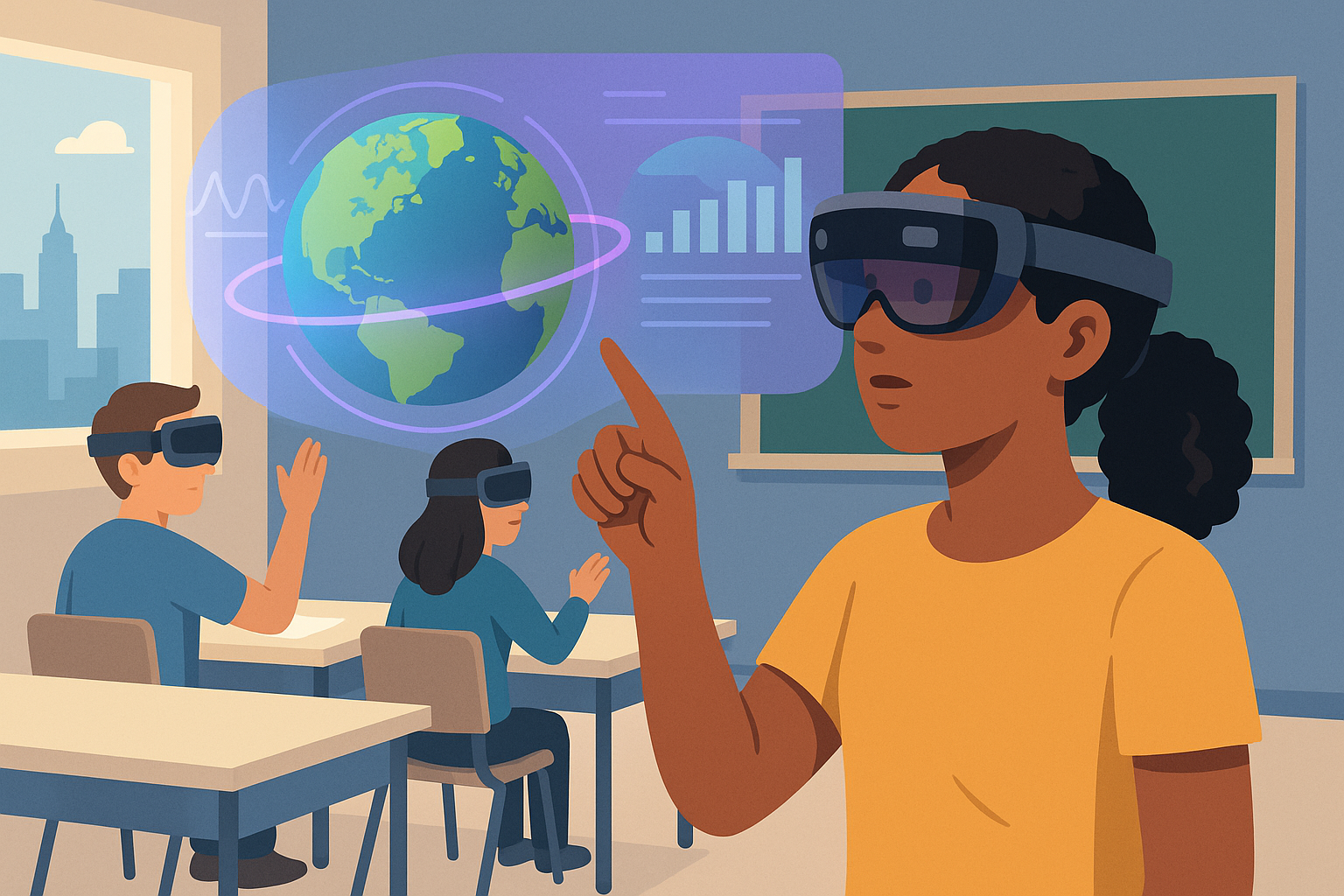
In recent decades, technological achievements have dramatically reshaped the trajectory of human societies, giving rise to a digitized future rich with both promise and complexity. One of the most captivating frontiers in this digital transformation is Mixed Reality, an innovative blend of physical and virtual worlds that blurs the line between what is real and what is computer-generated. Mixed Reality has redefined the boundaries of education, entertainment, and even daily life, allowing people to experience previously unimaginable scenarios. For example, classrooms in cities like Austin, Texas and New York are increasingly adopting Mixed Reality tools to foster deeper understanding and engagement among students. This shift doesn’t merely introduce technology for technology’s sake; it fosters peace by creating shared learning spaces, breaking down geographical barriers, and nurturing a sense of community. As we continue to embed Mixed Reality into our collective experiences, it is clear that such advancements are central to the evolution of a harmonious, knowledge-driven society.
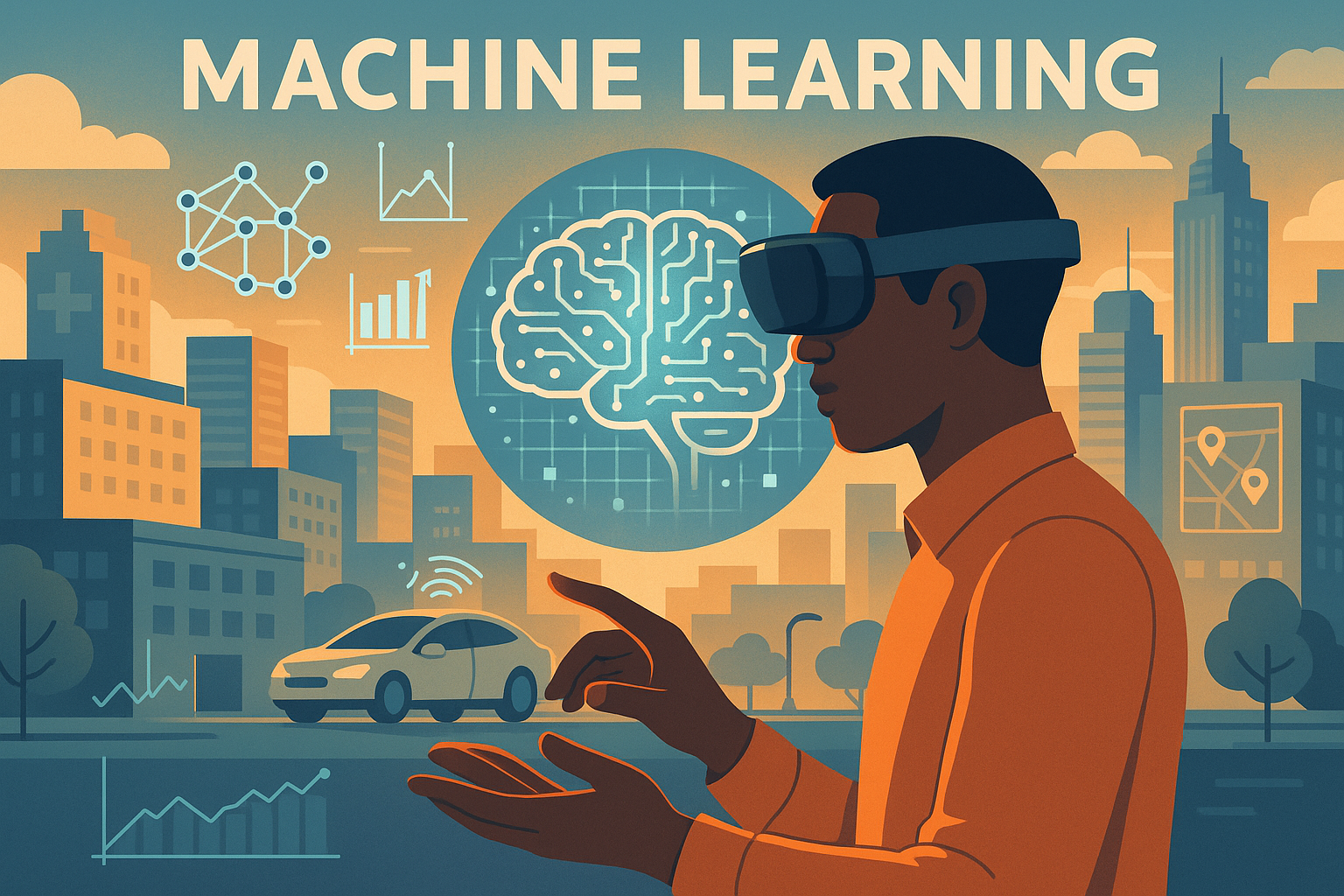
Hand-in-hand with Mixed Reality, Machine Learning stands as a cornerstone of a highly interconnected, efficient, and responsive society. Algorithms can now process vast datasets at blinding speeds, identifying patterns and making informed predictions that previously required considerable human intervention. In places like Silicon Valley, Machine Learning is revolutionizing health care, transportation, and city planning, contributing to the prosperity of both individuals and communities. The capacity to anticipate needs and avert crises—be it solving traffic congestion in New York or optimizing resource allocation during emergencies in Austin—has become integral to achieving peace and stability within societies. Machine Learning’s power lies not just in automation but in enhancing decision-making capabilities, which in turn leads to more balanced, prosperous, and life-affirming outcomes. When leveraged responsibly, it aids in reducing societal friction, creating not just smarter, but more equitable communities.
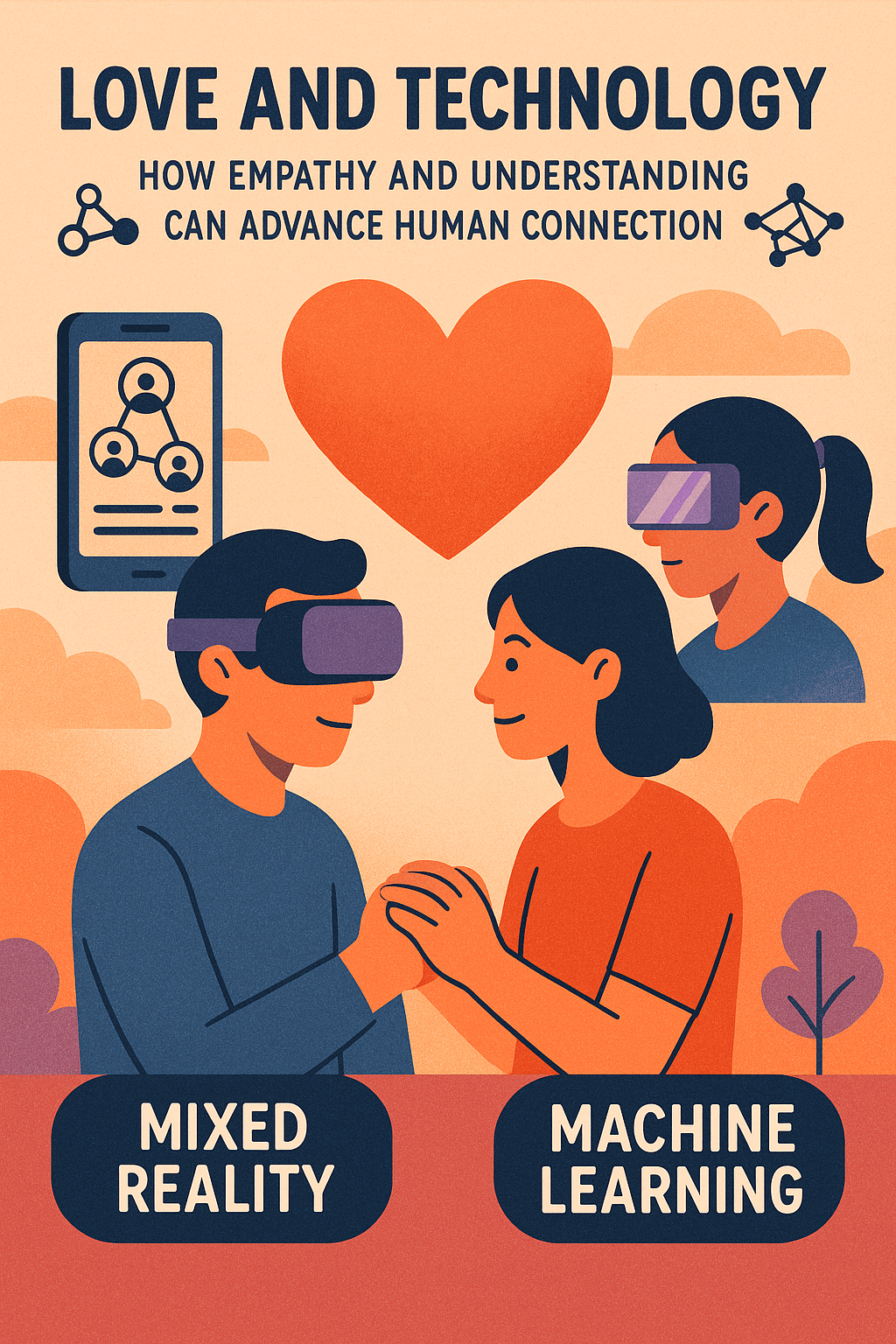
Beyond the digital prowess and pragmatic solutions of Mixed Reality and Machine Learning lies the most elemental force that continues to guide human progress: love. Love, in its many forms, remains the fabric of social cohesion—a timeless ingredient for sustainable peace and life enhancement. Technological advancements, when grounded in empathy and understanding, possess the potential to cultivate meaningful human connections. For example, innovative social platforms developed in tech hubs like Silicon Valley and New York often include features that promote community building and emotional well-being, despite their digital foundations. Moreover, virtual and augmented reality applications in cities such as Austin are being used to help individuals with autism or social anxiety build confidence and interpersonal skills, proving that technology, when coupled with love-driven design, can bridge emotional chasms and foster collective flourishing.
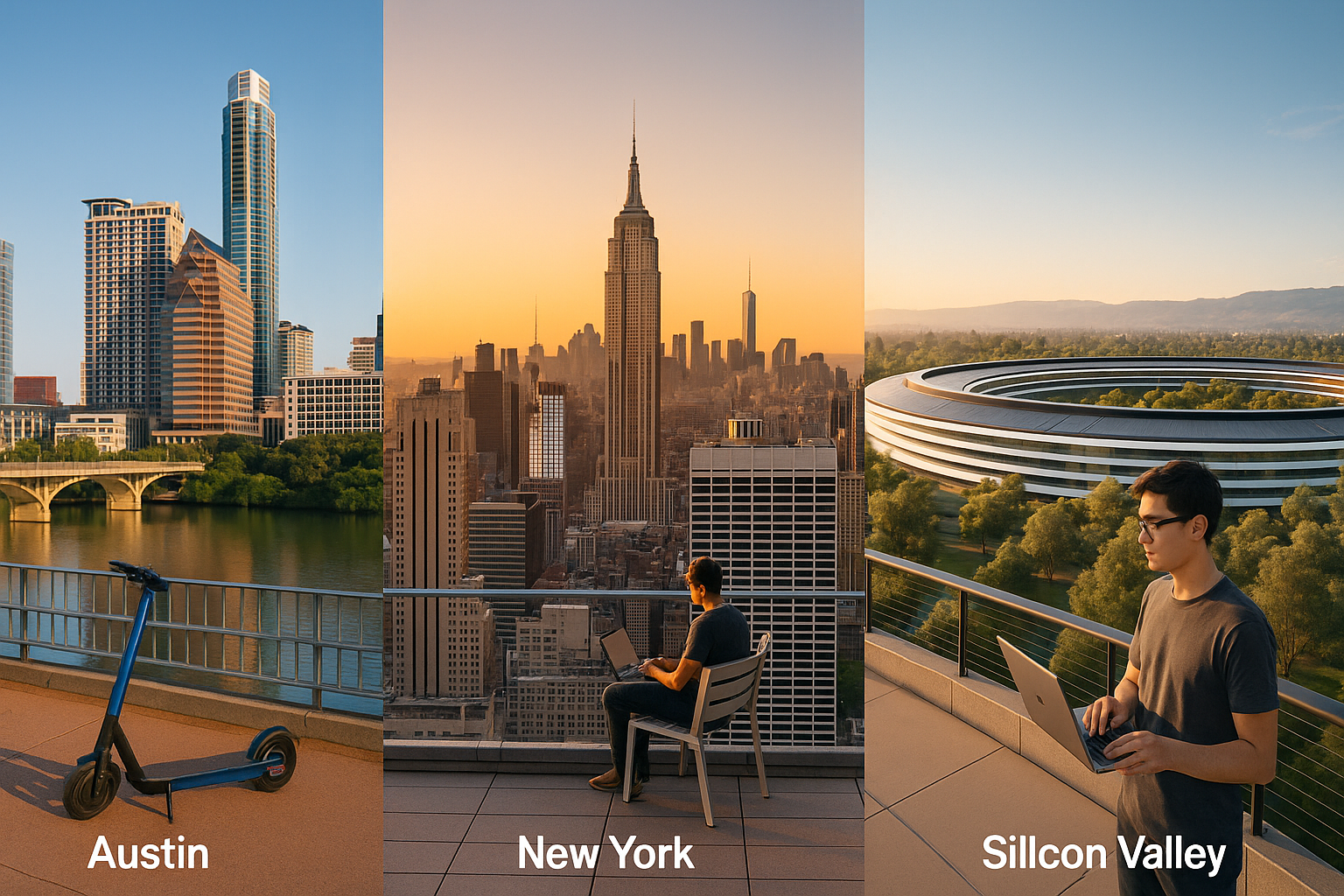
Specific locales such as Austin, Texas, New York, and Silicon Valley serve as fascinating case studies of how prosperity and peace can be engineered through the deliberate integration of technology. Austin’s vibrant startup ecosystem and its culture of inclusivity have made it a beacon for those seeking both professional and personal fulfillment. Similarly, Silicon Valley is globally synonymous with technological ingenuity and economic prosperity, while New York’s cultural diversity and resilience exemplify the digitized future’s capacity for imaginative accumulation. These cities not only attract talent but also embody the ideal of life lived in harmony with rapid advancements. Their streets and skylines offer a glimpse into how thoughtfully applied technology can amplify human potential, creating societies characterized by abundance rather than scarcity. Such prosperity is not solely measured in financial terms but in the cultivation of peace, mental health, and overall life satisfaction.
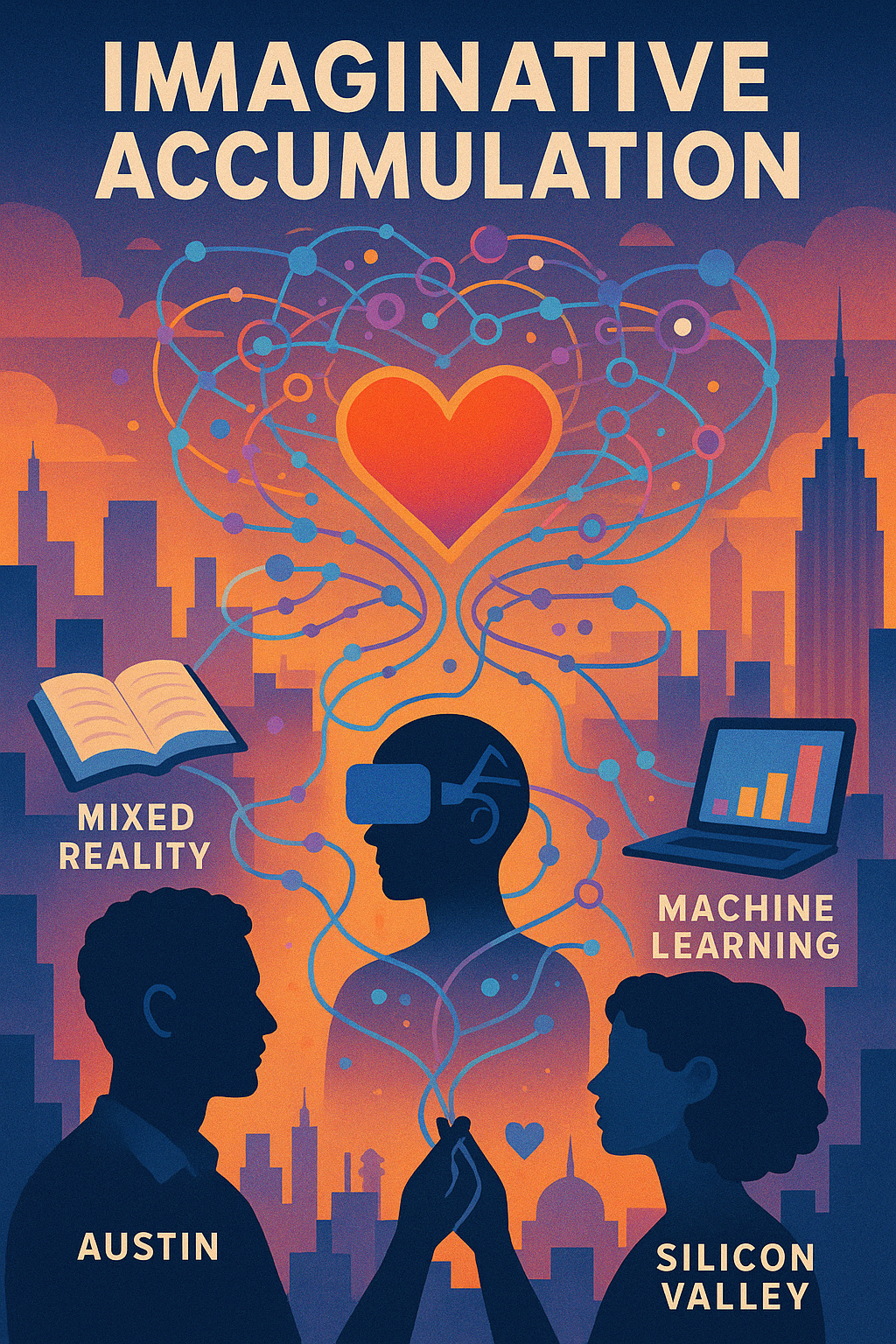
At the heart of this scientific observation lies the notion of imaginative accumulation—the process by which societies gather and refine inventive ideas, translating them into tangible improvements in quality of life. The digitized future is fundamentally shaped by this phenomenon, as seen in the collaborative efforts across Austin, New York, and Silicon Valley to develop new paradigms of interaction, learning, and well-being. Mixed Reality and Machine Learning manifest as tools for harnessing collective intelligence and empathy, while love operates as a guiding principle, ensuring that the benefits of prosperity and technological progress create lasting peace. In turn, this symbiosis underscores a model of societal evolution that prizes creative experimentation, communal growth, and the pursuit of a balanced, fulfilling life for all. It is through this lens of imaginative accumulation that we witness the profound mutual shaping of technology and society—an ongoing dance toward a more digitized, compassionate, and peaceful future.
